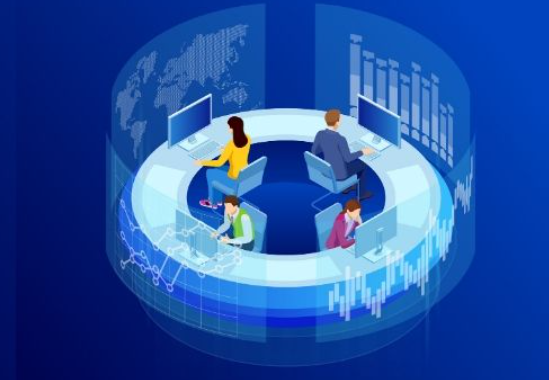Every day there’s a new vulnerability that surfaces in the cybersecurity landscape. Cyber attackers are constantly becoming more sophisticated and varying their attacks in new ways to try to illicitly access your information.
It’s tempting to think that it won’t happen to you, but the reality is that everyone is a target. That means that, in the face of this very real modern threat, security is quickly becoming the most critical aspect of every IT environment.
If you’re not doing everything you can to protect your assets and people against the ever-growing list of cyber threats, you’re risking so much more than just an IT inconvenience. A breach can lead to IT downtime and lost work time, high remediation costs, damage to your reputation and a loss of customers, and even litigation, steep fines, or bankruptcy.
The Evolution of IT
IT has changed dramatically in the last 30 years. Three decades ago, the most advanced law firms operated on programmable typewriters, carbon paper, dedicated word processors, and, if you were lucky, a centralized billing system running on a “mini computer.”
Personal computers were used for exactly that – personal use. Networks of PCs slowly entered the law firm in the 1980s, replacing the typewriters and word processors. DOS operating systems and floppy disks ruled the scene. Novell Netware, WordPerfect, and Lotus 1-2-3 were standard; MS Office didn’t even exist, and Word was at best an “also ran.”
The 1990s brought Windows and the graphical user interface, which changed everything from word processing to billing and case management. Application development created new systems for addressing every aspect of the law firm IT environment. Microsoft continued to gain ground in the 2000s with the introduction of Windows 2000 and Windows Server, and eventually became the operating system standard. Even more game-changing was the advent of the internet and email, which quickly became the primary channel for communication (goodbye, fax machines).
Fast forward to today, and we can’t imagine a day without Zoom calls. Our current phones are more powerful than our past computers. We can work wherever we want, whether that’s our couches, the airport, or the beach. While we’re certainly more advanced than we’ve ever been, that doesn’t mean innovation is slowing down any time soon. Technology will continue to evolve and, with it, the nature of cybersecurity threats. If you want to stay safe, your IT environment needs to prioritize security.
The Changing Threat Landscape
As we’ve embraced more and more technology, we’ve unfortunately opened ourselves up to more and more daily security vulnerabilities, hacks, and ransomware. This means that your security choices are more important than ever and they need to be flexible enough to change with the threat.
So many aspects of our work lives that make things more efficient and convenient also increase the need for security vigilance – including flexible work environments and remote work, just to name a couple. Attacks are getting more sophisticated and more frequent, and it will only get harder to defend against them. According to the Independent IT-Security Institute, approximately 390,000 new malicious programs are detected every day, and these are promulgated by sophisticated cyber criminals and state-sponsored groups.
What does this mean for you? It means that security is no longer a “set it and forget it” aspect of doing business. Cloud-based solutions and outsourcing to dedicated, experienced service providers can make a significant difference when it comes to enhancing your security posture.
Don’t think it can’t happen to you? Whether you’ve already invested significant resources in cybersecurity or are just starting your security journey, Keno Kozie can help you select, deploy, and support the best technology solutions to ensure your business remains secure and compliant, no matter where your users are. Keno Kozie knows IT, security, and your industry.
Stay tuned for an upcoming blog post on the importance of having a security operations center to manage and enhance your organization’s security.
Contact us today to learn more.

